First Aid in the Workplace: Top 5 Things You Must Know As We All Get Back to Work
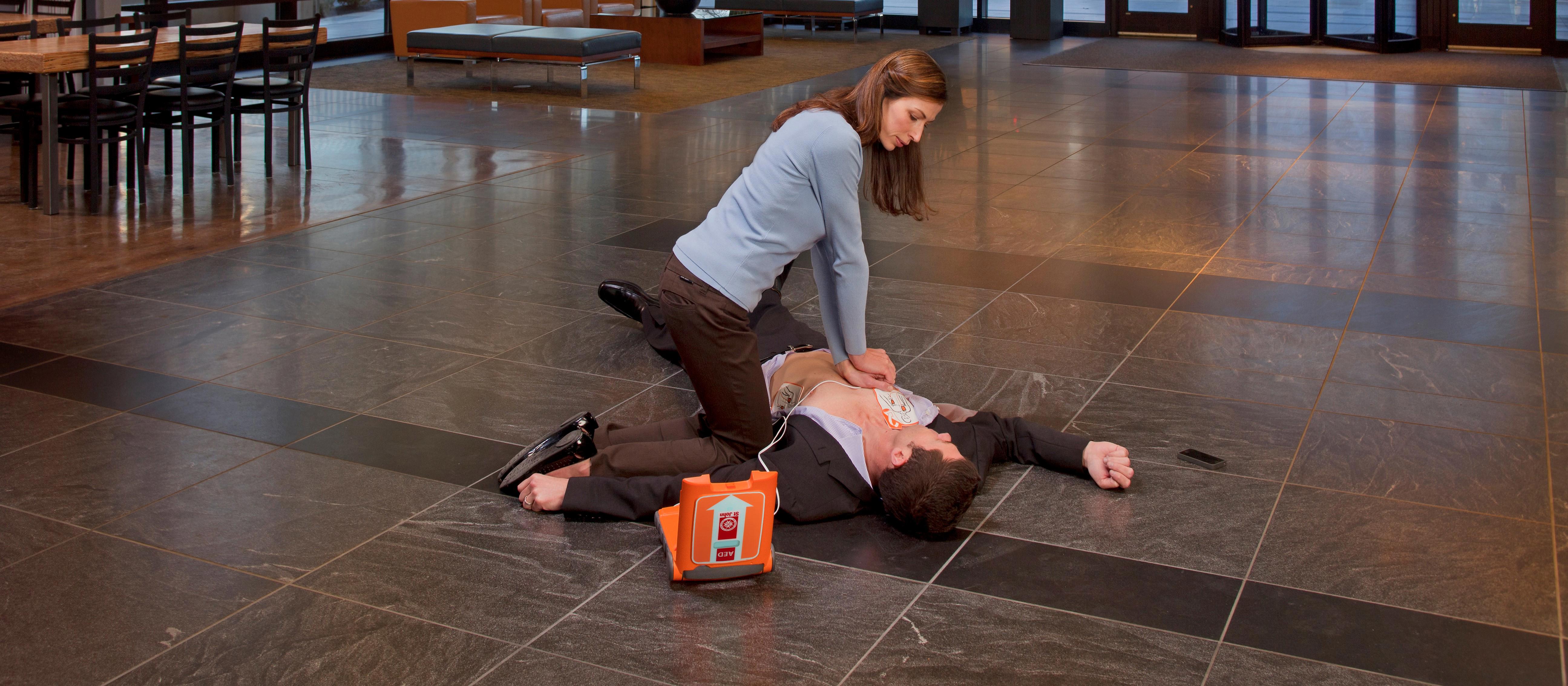
For many of us, a large portion of our days are spent at work. In fact, on average, workers spend more than a third of their lifetime in the workplace. Similarly, customers and other visitors also spend a significant amount of time in workplaces.
Considering this, it is highly likely that a health incident will occur in the workplace at some point in time. In some cases, the incident may even require urgent lifesaving intervention such as out-of-hospital sudden cardiac arrest.
With more workers now returning to offices even in our CBDs, now is the time to focus on ensuring people are safe. First aid is a fundamental part of this workplace safety.
Providing immediate and effective first aid in the workplace to people who have been injured or become ill, may reduce the severity of the injury or illness, and promote recovery. In some instances, it could mean the difference between life and death.
To help you determine what first aid measures should be implemented in your workplace, here are the top 5 things you must consider.
1. Conduct a first aid risk assessment
First aid requirements vary from one workplace to another and while there are guidelines, there are no hard and fast rules, so it is important you consider all relevant factors at your workplace when deciding what first aid measures you need to have in place, including:
- the type of work being carried out
- the hazards at the workplace, e.g. machinery and equipment, hazardous chemicals and extreme temperatures
- the size and location of the workplace
- the number and composition of people at the workplace (workers, contractors, subcontractors, volunteers, and visitors
Conducting a thorough first aid risk assessment that considers all these factors will help you to determine what first aid arrangements are required at your workplace. Even if you have done this before, with COVID-19 likely resulting in changes to staff numbers and procedures, risk assessments should be reviewed, and occupational first aid services should be reconfigured.
2. Have enough workplace first aiders
Potentially the most important measure is that there are an adequate number of First aiders in each workplace (people who are trained to administer first aid). First Aiders as a minimum should hold nationally recognised Statement/s of Attainment issued by a Registered Training Organisation for Provide First Aid or a course providing equivalent skills.
For some high-risk work environments additional training such as Occupational First Aid may need to be completed.
The following ratios are recommended:
- low-risk workplaces - one first aider for every 50 workers
- high-risk workplaces - one first aider for every 25 workers
- remote high-risk workplaces – one first aider for every 10 workers
Consider that currently with some people only in the workplace 2-3 days per week, on days when your designated first aiders are at home there needs to be an additional first aider to cover, so you may need more first aiders than prior to the pandemic.
Need more help on who should be the first aider and what their role should be? Take a look at this handy guide to being the workplace first aider.
3. First aiders should attend regular refresher training
First aiders must attend training on a regular basis to refresh their first aid knowledge and skills and to confirm their competence to provide first aid. It is recommended CPR refresher training is carried out annually and first aid qualifications be renewed every three years.
If you’re not sure what type of training to book for your workplace, we have prepared a guide to first aid training here.
4. Have the appropriate first aid equipment
Whilst important to have workplace first aiders, they will need access to the necessary first aid equipment. Without this equipment available, if a health incident does occur, it can leave the first aider helpless.
All workplaces should have:
- fully stocked first aid kit/s
- recognisable first aid signage to assist with easily locating first aid equipment
The contents of first aid kits should be based on a risk assessment. For example, there may be higher risk of eye injuries and a need for more eye pads in a workplace in which work involves machinery or chemicals.
First aid equipment, facilities and first aiders must be accessible to workers whenever they work including those working night shifts or overtime. We have prepared a handy guide to first aid training here.

5. Have an automated external defibrillator (AED)
Providing an automated external defibrillator (AED) can significantly reduce the risk of fatality from cardiac arrest, which only has a 5% survival rate. This is because defibrillation is the only way to restore a heart with a fatal heart rhythm back to a normal heart rhythm. In an individual receives defibrillation within the first few minutes of having cardiac arrest their chance of survival increases to beyond 70%.
AEDs, such as the St John G5, are carefully designed to be used by trained or untrained people to use with ease in an emergency. The St John G5 acts as a personal coach to guide the user through a cardiac arrest emergency with a simple, step-by-step process.
AEDs should be located in an area clearly visible, accessible and not exposed to extreme temperatures. They should be clearly signed and maintained according to the manufacturers specifications. Assessing the need for a defibrillator can be complex, so we have prepared a guide for you on.
Your first aid needs will change as your organisation changes and adapts to a post-pandemic world. This is why we recommend all workplaces regularly review their first aid arrangements to ensure they remain adequate and effective.
It is important all Victorian workplaces ensure their arrangements comply with Work Safe Victoria’s Compliance Code: First Aid in the Workplace. This provides practical guidance on how to comply with your obligations under Victoria’s occupational health and safety legislation to provide first aid facilities in your workplace.
To help you review your workplace first aid procedures and assess whether improvement is needed, we have created a quick checklist.
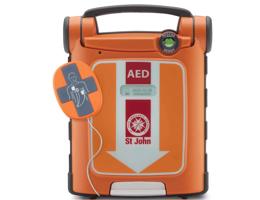
References
- Nicola Magnavita, Angelo Sacco, Gabriella Nucera, Francesco Chirico, First aid during the COVID-19 pandemic, Occupational Medicine, Volume 70, Issue 7, October 2020, Pages 458–460, https://doi.org/10.1093/occmed/kqaa148.
- Safe Work Australia . (2019). model Code of Practice: First Aid in the Workplace.Available:https://www.safeworkaustralia.gov.au/system/files/documents/1908/code_of_practice_-_first_aid_in_the_workplace_0_0.pdf. Last accessed 21th April 2021 .
- WorkSafe Victoria . (2008). Compliance Code: First Aid in the Workplace .Available: https://content.api.worksafe.vic.gov.au/sites/default/files/2020-02/ISBN-Compliance-code-first-aid-in-the-workplace-2008-09.pdf. Last accessed 21th April 2021 .
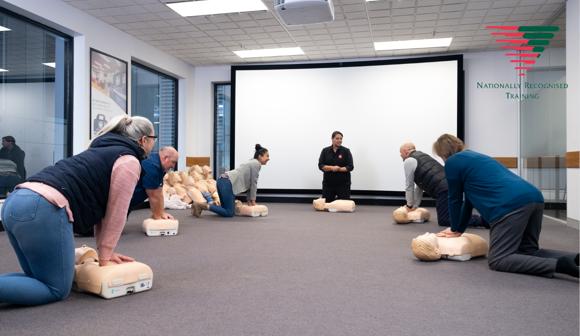
PROVIDE FIRST AID
Learn how to manage a range of common first aid scenarios.
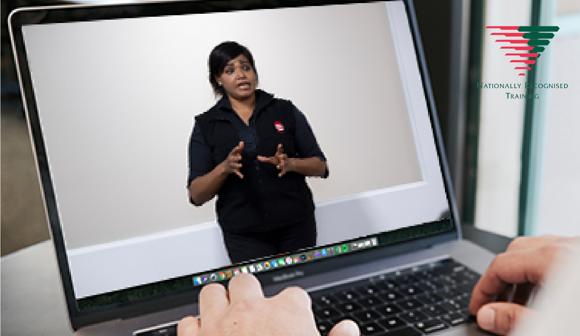
MENTAL HEALTH AND CRISIS SUPPORT
Learn how to recognise and support people dealing with a range of common mental health issues.
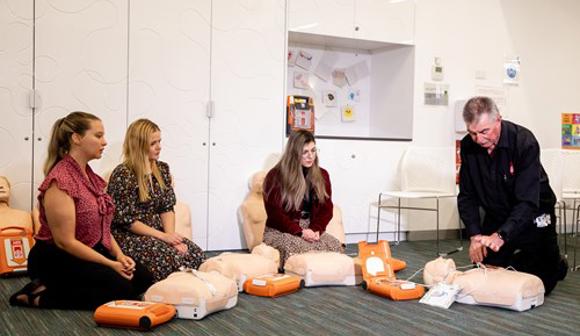
PROVIDE CARDIOPULMONARY RESUSCITATION
Learn the skills to perform life-saving (CPR) on an adult, child or infant who is unconscious and not breathing normally.
